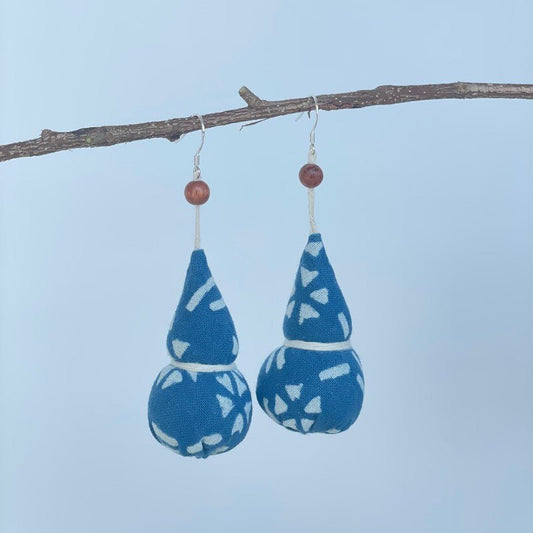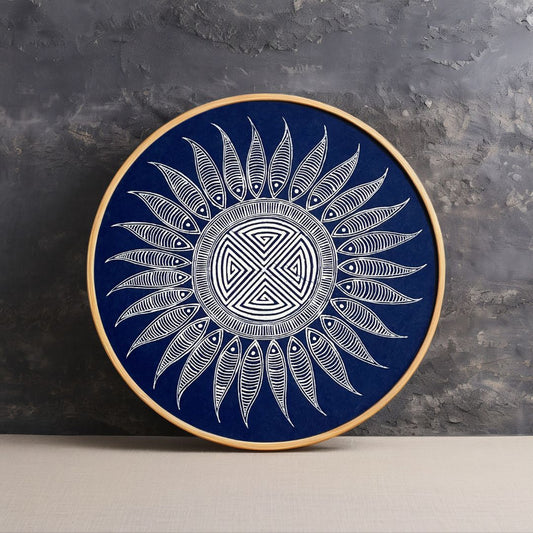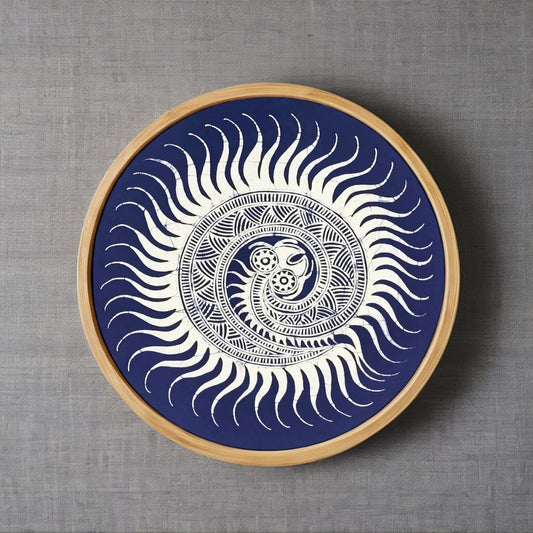Tired of mass-produced decor? Looking for something that actually tells a story?
In a world where everything feels a little too polished and mass-made, it’s no wonder more people are gravitating toward home decor that feels meaningful—something with history, heart, and handmade charm. That’s where Miao Batik comes in: a centuries-old art form from the misty mountains of Southwest China, now quietly making its way into modern homes.
At runystore.com, we invite you to discover the quiet beauty and deep cultural richness of Miao Batik—and show you how these stunning pieces can bring both style and soul into your living space.
So, What Is Miao Batik?
Miao Batik (also known as Hmong Batik) is a traditional textile craft practiced by the Miao people in China’s Guizhou province. Passed down through generations, this slow, meditative art form involves:
-
Drawing with Beeswax: Using a small tool (like a wax knife or pen), artisans draw intricate designs by hand onto white cotton or hemp fabric using hot, melted beeswax.
-
Natural Indigo Dyeing: The fabric is then dipped into natural vats of plant-based indigo dye. The wax resists the dye, preserving the drawn areas.
-
The Big Reveal: Once the dyeing is done, the wax is boiled off to reveal a stunning contrast—deep, moody indigo with white, hand-drawn patterns.
But these patterns are more than just beautiful—they’re stories. They represent legends, blessings, and elements of the natural world: butterflies, birds, dragons, flowers, and geometric symbols full of meaning. Every single piece is a unique work of cultural expression, patience, and love.

Why Bring Miao Batik Into Your Home?
-
Truly One-of-a-Kind: No two pieces are ever the same. You’re not just buying a product—you’re welcoming a piece of someone’s heritage into your home.
-
Rich in Culture: It’s a way to surround yourself with stories. These aren’t just pretty patterns; they’re symbols with centuries of meaning behind them.
-
The Warmth of Handmade: In a world of machine-made decor, the slightly imperfect, organic feel of Miao Batik reminds us of the human hands that created it.
-
Eco-Friendly and Natural: Made with plant-based indigo and natural fabrics like cotton and hemp, these textiles bring a grounded, earthy energy to any room.
-
Surprisingly Versatile: Whether your home is modern, rustic, or boho, Miao Batik works. It’s that kind of timeless beauty that adapts and elevates.
How to Style Miao Batik at Home (with Ideas from Runystore)
-
Wall Hangings & Tapestries: Let a larger piece take center stage in your living room or entryway. It’s a conversation starter—and a quiet nod to ancient craftsmanship.

-
Pillows & Throws: Don’t underestimate the power of small accents. A batik cushion or throw can completely shift the energy of a room.

-
Table Runners & Placemats: Add a layer of texture and culture to your dining table. They pair beautifully with simple dishes and natural materials.

-
Framed Art: Smaller, detailed batik pieces can be framed like artwork—because that’s exactly what they are.

-
Creative Uses: Think outside the box—custom lampshades, room dividers, or even upholstery if you're working with a pro.

Style It Your Way
-
Boho / Eclectic: Layer Miao Batik with other global textiles, plants, and vintage finds.
-
Modern Minimalist: Use one bold batik piece to make a cultural statement against clean, neutral tones.
-
Rustic / Farmhouse: The indigo-and-white palette pairs beautifully with woods, linen, and cozy textures.
-
Global Collector: Combine Miao Batik with treasures from your travels or other artisanal finds to create a space that feels curated and personal.
Where to Find Authentic Miao Batik
Not all batik is created equal. If you want to make sure you’re getting something truly handmade—and supporting the artisans who keep this beautiful tradition alive—buy from trusted sources.
At runystore.com, we work directly with Miao artisans from the Guizhou region. Our pieces are ethically sourced, 100% handmade, and carefully curated to bring you both quality and authenticity. When you buy from us, you’re not just decorating—you’re helping preserve an endangered art form.










